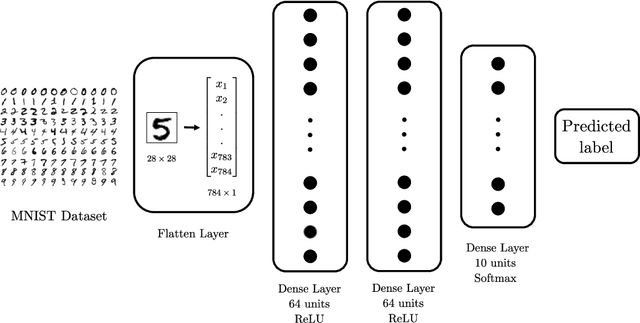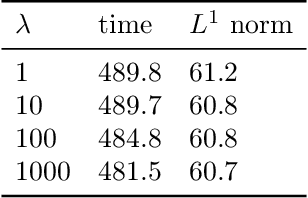Fuyue Liang
Enhancement of damaged-image prediction through Cahn-Hilliard Image Inpainting
Jul 21, 2020



Abstract:We assess the benefit of including an image inpainting filter before passing damaged images into a classification neural network. For this we employ a modified Cahn-Hilliard equation as an image inpainting filter, which is solved via a finite volume scheme with reduced computational cost and adequate properties for energy stability and boundedness. The benchmark dataset employed here is the MNIST dataset, which consists in binary images of digits. We train a neural network based of dense layers with the training set of MNIST, and subsequently we contaminate the test set with damage of different types and intensities. We then compare the prediction accuracy of the neural network with and without applying the Cahn-Hilliard filter to the damaged images test. Our results quantify the significant improvement of damaged-image prediction due to applying the Cahn-Hilliard filter, which for specific damages can increase up to 50% and is in general advantageous for low to moderate damage.
 Add to Chrome
Add to Chrome Add to Firefox
Add to Firefox Add to Edge
Add to Edge